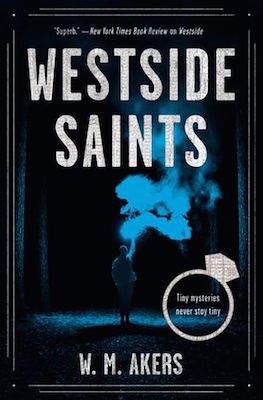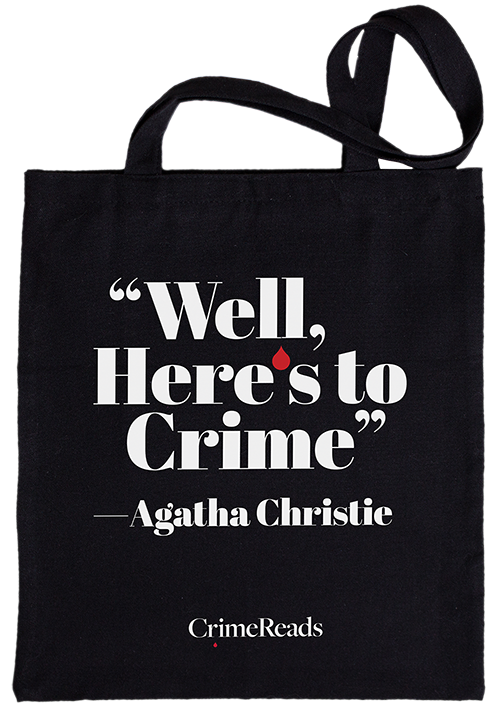
On a night of hard frost, in the ruins of a burnt church, I found a body in the snow.
Its hand poked through the powder, gripping a crumbling stone altar. When I touched the wrist, a fistful of white tumbled away, exposing a derby hat and a tuft of thin orange hair spotted with blood.
“Find it?” called the woman I traveled with.
I wiped my hand on my black dress, which had seen much worse than the residue of a corpse, and walked back to her.
“There’s nothing here,” I said, and left the dead man behind. It was no feat. I’d been walking away from corpses all winter long. This was March 1922, when our bodies refused to stay buried.
***
Ten days prior, I was spitting off the ledge of Berk’s Third Floor. Owned by one of the rare Westsiders as short and uncompromising as myself, Berk’s was a shabby saloon on the Westside half of the stem whose eastern walls and roof had, some years back, simply melted away.
The exposure to the elements made it a pleasant summertime beer garden. In the winter it remained popular only with the committed few: those antisocial types who would happily freeze for a peek over the top of the fence and the chance to drink illegal liquor in full view of the Eastside throng. The people on the far side of Broadway were fat, happy, honorable, and safe, but when they cast their sober eyes up at us, all we saw was thirst. We raised our glasses to say that though west of the fence we had no electricity, no heat, and no conveniences, that though there were no guns on our side of the island but countless murders just the same, that though we lived in what they called hell, we had liquor, and some nights that made it okay.
On the other nights, we spit.
It was at least twenty feet from the lip of the saloon to the fence, but that didn’t stop us trying to expectorate clear over the barrier to the Eastside. Long nights were passed in drunken argument about the proper angle to launch one’s missile, the ideal texture for flight, and the correct place to stand in order to harness the wind. No one had ever seen anyone clear the fence, but every drinker there insisted that once, just once, they had made it.
My mouth was drying and my projectiles were growing feeble when Bex Red appeared at my side, wrapped in every layer of fabric she owned. Born in Florida, but a fixture on the Westside art scene since before the fence was raised, Bex had never embraced the brutality of the New York cold. Sharp blue eyes peeked out through a slit in the scarves that swaddled her head, yet her voice was unmuffled by the cloth.
“Every time I see you, Gilda, you’ve managed to find a worse bar,” she said.
We sat at my table, a few inches from the edge, and I sloshed some gin into a chipped cup. It ran like sludge, and the glass was cold enough to cling to her lips, but she lifted a scarf and drained it. She dug her mittened hand into a coat pocket and pulled out a carefully folded square of thick homemade paper marked up with ninety-nine shades of blue.
“This is every blue I can mix,” she said, “and that’s every blue there is, from the not-quite-black of deep river water to this washed-out near white that’s too fragile even for a robin’s egg.”
“They all look blue to me.”
“You have always lacked an artist’s temperament.”
“Thank you.”
“Any of these look right?” she said with a theatrical sigh. I ran my finger down the page, squinting until my eyes crossed.
“Blue 72, maybe. Or it could be 74.”
“This was my whole afternoon, you know. Do I get paid for the time?”
“You get paid when I get paid.”
“Are you going to get paid?”
“Probably not.” I put the color chart away.
“Well, while we’re on the subject of wasted time . . .”
From deep in her coats she drew a worn paper envelope as soft as an old dollar bill. Inside were three portraits: two I would force myself to look at, and one I could not stand to see. The first showed a man with a gut as round and heavy as a pumpkin, shirtless at a table, a forkful of sausage and cabbage poised before wet red lips. The other was of a woman, handsome but joyless, waiting in line at an Eastside bank.
__________________________________


